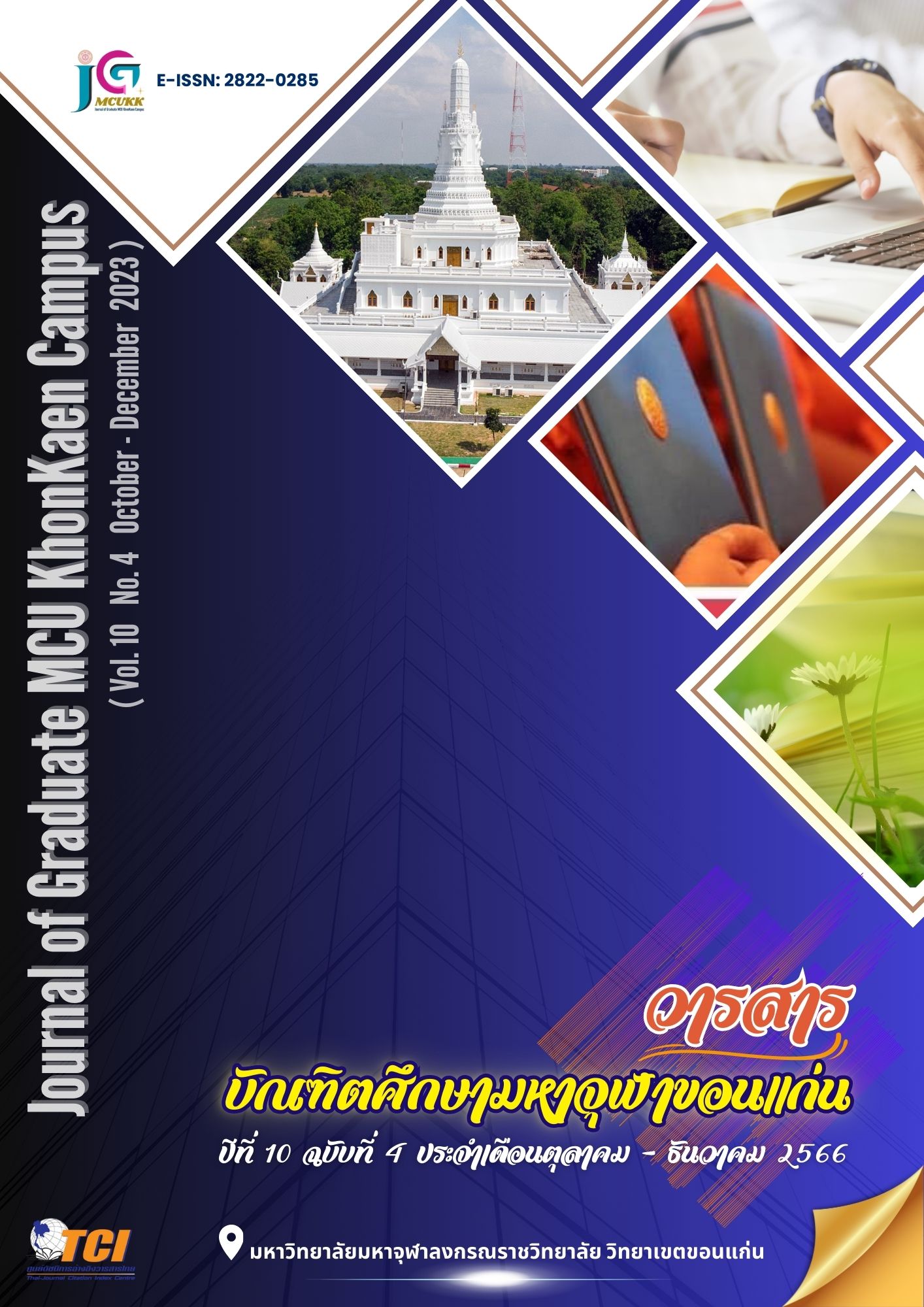Identities of Homosexual Characters in Thai Literature
Main Article Content
Abstract
This research examined male and female homosexual identities in Thai classic and contemporary literature and explored how such identities have changed over time. Homosexual characters from 3 classic and 10 contemporary Thai literary pieces were analyzed. To be included in the study, the contemporary texts had to be written by professional authors and published between 1973 and 2004. The findings showed that regardless of their sexuality, classic Thai male homosexual characters were consistently depicted as masculine and described in ways associated with their masculine status, whether in terms of physicality, character traits, expression, or the various roles they fulfilled. In contemporary literature, on the other hand, three types of male homosexual identities were represented: 1) Gay characters had a striking appearance and likable personality and demeanor. They had masculine traits and tended to have a good education and career and to come from a wealthy family. 2) Tut characters were depicted as having a nice physical appearance and
countenance, and their personality or demeanor was portrayed as more effeminate. 3) Kathoey characters manifested their femininity both physically and mentally, and their physical beauty was portrayed to surpass that of cisgender, heterosexual women. In terms of female homosexuality in classic literature, only lesbian sexual identities were found. Lesbian characters had no physical traits that differentiated them from other female characters. However, among some characters, aspects of their character or personality could be interpreted as more masculine and associated with their involvement in a same-sex romantic relationship. In contemporary literature, three types of female homosexuality were found: 1) Tom characters were portrayed as strong with a cheeky or forward demeanor and the tendency to dress similarly to men. 2) Dee characters had a nice appearance and good etiquette. Their feminine traits matched general social expectations for cisgender, heterosexual women. 3) Lesbian characters were depicted in a similar manner to those in classic literature, meaning they could only be differentiated from other female characters based on their sexual behaviors.
The later period of literature saw an increase in the number and diversity of homosexual characters and saw more openness toward diverse sexual behaviors, reflecting social changes that have led to more acceptance of gender and sexual diversity in Thai society.
Article Details

This work is licensed under a Creative Commons Attribution-NonCommercial-NoDerivatives 4.0 International License.
References
กุหลาบ มัลลิกะมาส. (2518). วรรณกรรมไทย. กรุงเทพฯ: มหาวิทยาลัยรามคำแหง.
ตรีศิลป์ บุญขจร. (2542). นวนิยายกับสังคมไทย (2475-2500). กรุงเทพฯ: จุฬาลงกรณ์มหาวิทยาลัย.
นัยน์ปพร จงสมจิตต์. (2550). ตัวละครรักร่วมเพศหญิงในนวนิยายไทย. (ปริญญานิพนธ์การศึกษามหาบัณฑิต (ภาษาไทย)). บัณฑิตวิทยาลัย: มหาวิทยาลัยศรีนครินทรวิโรฒ.
บงกชกร ทองสุก. (2560). มุมมองภาพสะท้อนจากตัวละครในนวนิยายสะท้อนสังคมเพศที่สาม พ.ศ. 2516-2557. วารสารอินทนิลทักษิณสาร, 12(2), 35-57.
ปุรินทร์ นาคสิงห์. (2556). การประกอบสร้างตัวตนเกย์ในภาพยนตร์ไทย. วารสารสังคมศาสตร์และมนุษยศาสตร์, 39(2), 35-53.
พัฒนพล วงษ์ม่วง และ มยุรี ศรีกุลวงศ์. (2559). ตัวละครเกย์ในละครโทรทัศน์ไทยยุคใหม่. วารสารการสื่อสารและการจัดการ นิด้า, 2(2), 96-109.
วิทยา พุ่มยิ้ม. (2550) ภาพแทนของชายรักร่วมเพศในวรรณกรรมไทย พ.ศ.2544-2548. กรุงเทพฯ: มหาวิทยาลัยเกษตรศาสตร์. DOI: https://doi.nrct.go.th/ListDoi/listDetail?Resolve_DOI=10.14457/KU.the.2007.1039
สมเกียรติ คู่ทวีกุล. (2548). ภาพสะท้อนชายรักร่วมเพศในนวนิยายไทยในรอบทศวรรษ (พ.ศ.2513 - พ.ศ.2543) : การศึกษาศักยภาพ ข้อจำกัด และทางออกของนักเขียนหญิง. วารสารมนุษยศาสตร์ปริทรรศน์, 27(1), 136-145.
Goffman, E. (1963). Stigma: Notes on the management of spoiled identity. Englewood Cliffs, NJ: Prentice-Hall.
Jackson, P. A., Sullivan, G. (1999). Lady boys, tom boys, rent boys: male and female homosexualities in contemporary Thailand. New York: Harrington Park Press.
Kathryn Woodward. (1997). Identity and difference. London: Sage.

